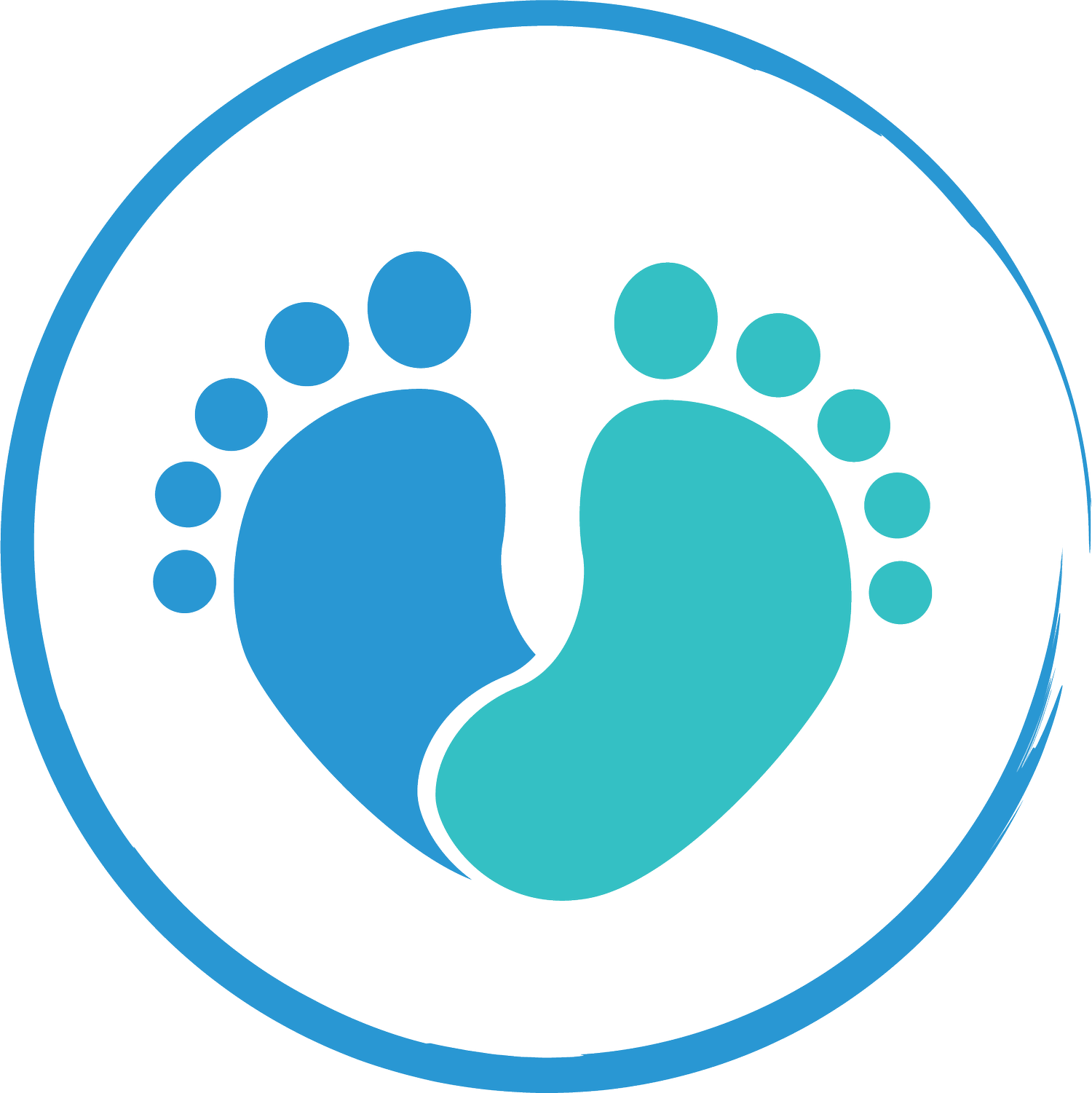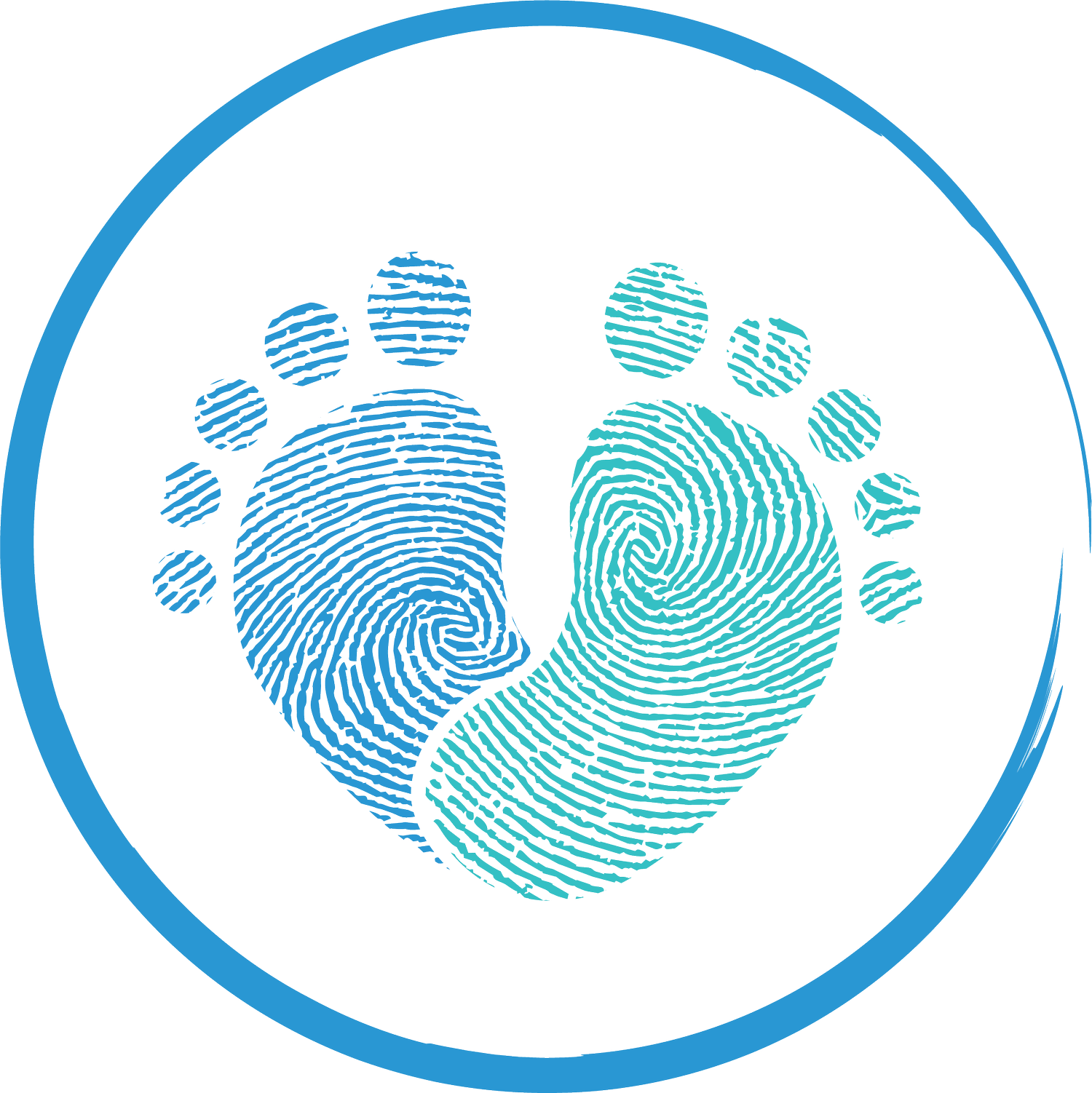Heel Thyself: Home Remedies for Calluses and Blisters
Our feet work hard every day, often leading to various issues like calluses and blisters. While these conditions can be uncomfortable, there are many safe and effective home remedies you can try to alleviate symptoms and promote healing. Here’s some insight into how to address these common foot problems.
Understanding Calluses
What Are Calluses? Calluses are thickened areas of skin that develop in response to repeated friction, pressure, or irritation. They often appear on the soles of the feet, particularly under the heels and balls.
Home Remedies for Calluses
Soaking in Warm Water
How It Helps: Soaking softens the thick skin, making it easier to remove.
How to Do It: Fill a basin with warm water and soak your feet for 10-15 minutes. You can add Epsom salts or a few drops of essential oils for added relaxation.
Pumice Stone Exfoliation
How It Helps: Gently exfoliating helps remove dead skin.
How to Do It: After soaking, use a pumice stone to gently rub the callus in a circular motion. Be careful not to overdo it, as this can irritate the skin.
Moisturizing Creams
How It Helps: Keeping the skin hydrated can prevent the formation of new calluses.
How to Do It: Apply a thick moisturizer, such as a cream with urea or salicylic acid, directly to the callus. Do this daily, especially after bathing.
Apple Cider Vinegar
How It Helps: The acidity can help soften calluses.
How to Do It: Soak a cotton ball in apple cider vinegar and secure it to the callus with a bandage overnight. Rinse your foot in the morning and exfoliate gently.
Understanding Blisters
What Are Blisters? Blisters are fluid-filled sacs that form on the skin due to friction, heat, or other irritants. They often appear on the toes and soles of the feet, particularly in areas where shoes rub.
Home Remedies for Blisters
Leave It Alone
How It Helps: If a blister is intact, it acts as a natural barrier against infection.
Tip: Avoid popping the blister. Instead, keep it clean and covered with a sterile bandage to protect it.
Cold Compress
How It Helps: Reduces swelling and pain.
How to Do It: Apply a cold compress or ice pack wrapped in a cloth to the blister for 10-15 minutes.
Aloe Vera Gel
How It Helps: Aloe vera has soothing properties that can promote healing.
How to Do It: Apply fresh aloe vera gel directly to the blister several times a day to help reduce discomfort.
Honey
How It Helps: Honey has natural antibacterial properties and can aid in healing.
How to Do It: Dab a small amount of honey on the blister and cover it with a sterile bandage. Change the dressing daily.
Keep It Clean and Dry
How It Helps: Prevents infection and promotes healing.
Tip: Gently wash the area with soap and water, then pat it dry. Avoid tight shoes until the blister heals.
Preventing Future Foot Problems
Wear Proper Footwear: Ensure your shoes fit well and provide adequate support to minimize friction and pressure.
Use Moisturizer: Regularly apply foot cream to keep skin hydrated and prevent callus formation.
Practice Good Foot Hygiene: Keep your feet clean and dry, especially between the toes.
Conclusion
Calluses and blisters are common foot problems that can often be treated effectively at home. By following these remedies and taking preventative measures, you can keep your feet comfortable and healthy. If you experience persistent issues or notice signs of infection, consult a podiatrist for professional advice and treatment. Your feet deserve the best care!


